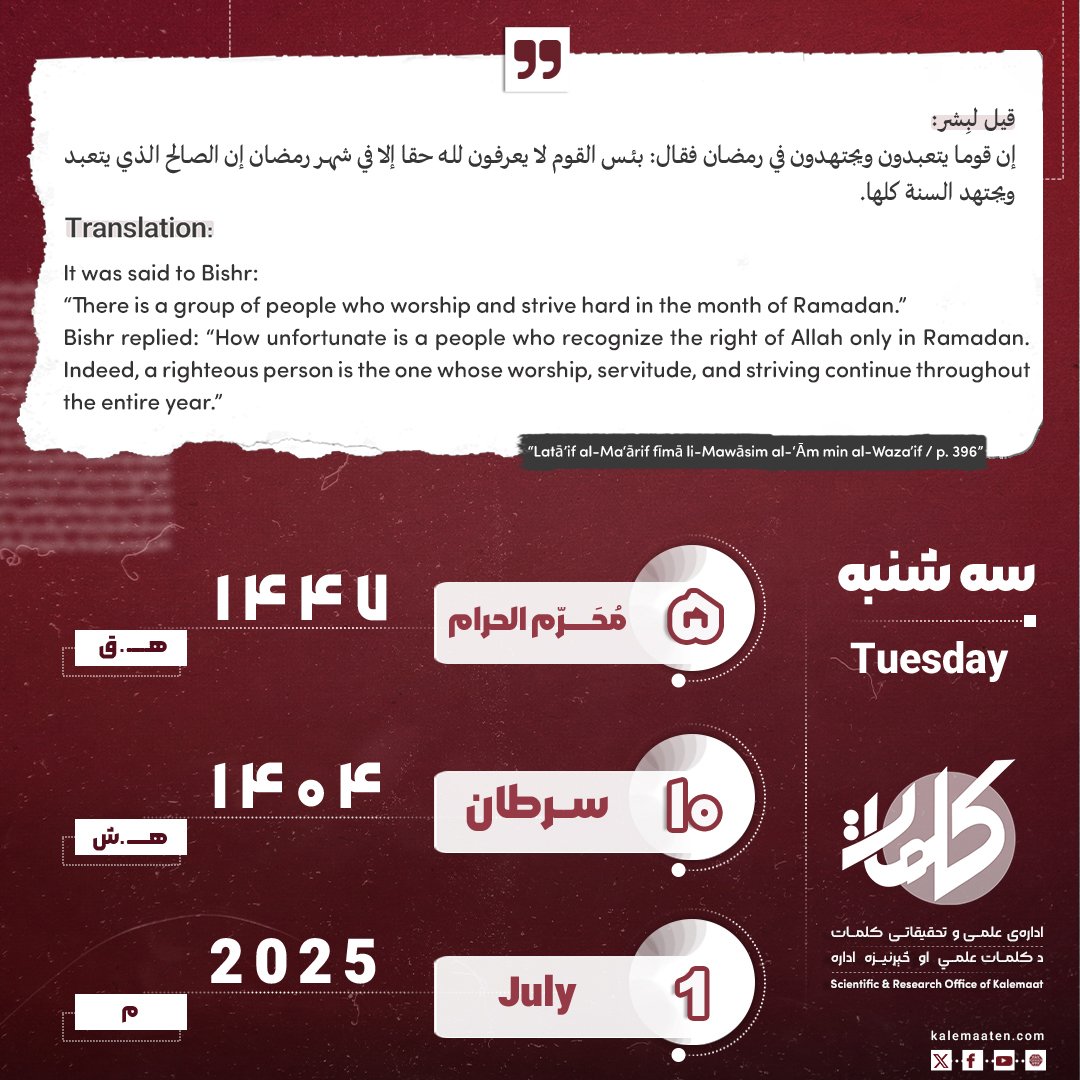Author: M. Farahi Tujegi
A Study on the Role of the Media and Its Effect on the Identity of Muslims (Part 20)
Media and Soft War
In the previous part, we discussed the importance of the concept and definition of soft war. In this note/research, we will discuss the methods and tactics of soft war in mass media.
It is an undeniable fact that the societies and countries of the so-called third world are in the crosshairs of soft war—a war whose purpose is to persuade public opinion and gain the satisfaction of the hearts in order to capture the will of nations to change their beliefs.
It is quoted from Archimedes in the book To Understand the Media: “Show me a fulcrum in the world so that I can shake it.” Marshall McLuhan, the originator of the “Global Village” theory, whose footprints can be seen in all media fields since the birth of mass communication, believes that if Archimedes were alive, he would have pointed to the media and said: “I use your eyes, ears, organs, and brains as fulcrums and move the world as I wish.”
Although Mr. Archimedes is not alive today, apparently the West has followed in his footsteps and has captured public opinion through the media, pushing it in any direction it wants; this means enslaving public opinion.
The West uses different methods, such as soft war, to achieve its goals. In soft war, in addition to using media, cultural, and scientific tools to influence different classes and strata, various other tactics are employed, some of which are as follows:
-
Stamping: The media turns different words into positive and negative attributes and attributes them to different people or institutions.
-
Character Assassination: In soft war, unlike hard War, physical terror has given way to character terror. When a person cannot or should not be physically assassinated, using the media system and various tactics—including exaggeration, dehumanization, demonization, and dissembling—character assassination attempts to incite public hatred and decrease public popularity.
-
Exaggeration: Exaggeration is one of the ways to fabricate an imaginary reality. Psychological warfare experts use this technique in special situations and events. Westerners always try to weaken the morale of Muslims in opposition to Western civilization by exaggerating their technological achievements and overstating the failures of the countries of the Islamic world.
-
Causing Fear and Terror: In this tactic, threats and intimidation are used to weaken the morale and will of enemy forces. While threatening and scaring the audience in various ways, soft war experts make them feel that there may be many potential dangers and injuries on their way, painting a vague future filled with problems and suffering.
-
Creating Division and Conflict: This tactic is important and useful in the soft war process; it means weakening the strength of the other side by injecting division into the society of fans and supporters. Creating and inducing conflict and division in the opponent’s front causes a lack of cohesion and integration, making the opponent preoccupied with their own internal problems, which diminishes their authority and energy and exhausts their power.
-
Censorship: In this tactic, efforts are made to provide a suitable environment for other soft war tactics, especially rumor spreading, to increase their scope of influence. By removing parts of news and selectively publishing others, ambiguity and questions are created, allowing for the proliferation of various rumors.
-
Dehumanization and Demonization: One of the most effective ways to justify attacking an enemy during a soft or hard war is dehumanization. When the enemy is stripped of their human status and portrayed as a demon in the minds of the audience, violent actions against this demon can be justified.
-
Providing Catastrophic Predictions: This tactic involves using false statistics and other methods of psychological warfare—including generalizing, fragmenting, and demonizing—to present apocalyptic predictions. This increases the audience’s sensitivity towards certain issues and guides their thoughts in line with the desires and goals of those presenting the information.
-
Generalization: This means presenting a vague image of what they want to show, without encouraging the audience to truly understand it. As a result, the real content of many concepts that are confiscated by the Western media and disseminated within society is frequently left unexamined.
-
The Big Lie: This ancient tactic, which is still widely used, primarily aims to intimidate, deceive, and distract the opponent’s mind.
